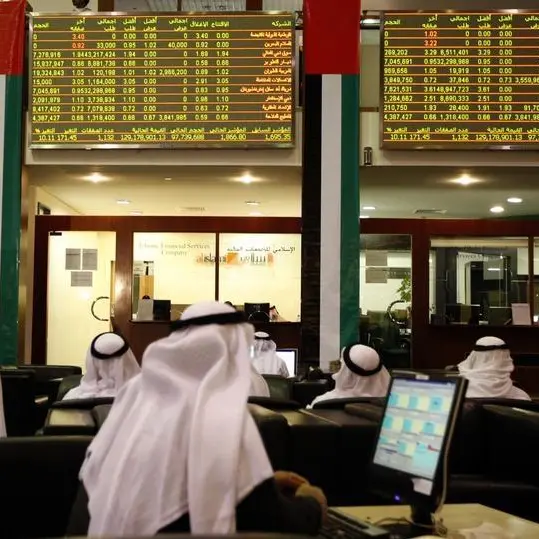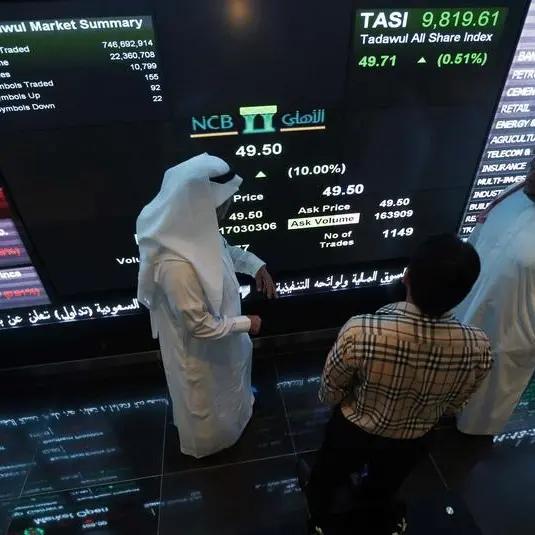Month after month, the direction of global financial markets is set precisely at 2 p.m. Eastern Time from the basement of a nondescript, Washington, DC, office building.
It’s an unlikely place – far from global money centers – but this is where reporters and editors from Reuters, along with other major media organizations, are sequestered ahead of the release of the policy statement from the U.S. Federal Reserve’s Federal Open Market Committee meeting.
At the Fed, policy announcements, speeches and economic reports are carefully choreographed and typically released at a specific time to keep a tight lid on market-moving information. On the second day of the FOMC, journalists are kept in what is referred to as “lockup” at the Fed to avoid any leaks. They have just 30 minutes to pore over the information in the Fed’s policy statement, decide what the story is, organize snaps and headlines and finally blast out the latest news on the path of U.S. interest rates and policymakers’ view of the health of the economy.
Security is paramount. After heading to the basement in an elevator, four (and sometimes five) Reuters journalists pass through a metal detector and sign an agreement to make no public use of the documents until the release time.
We are required to hand over all electronics and personal items, including phones, laptops and keys, which get stashed in cubby holes. Then, after passing through a second metal detector, our reporters enter the lockup room with just paper and pens. Once inside, all access to the outside world is controlled by Fed officials, who somberly give a five-minute warning that communications will go down about 1:25 p.m.
The room is reminiscent of many insurance or corporate offices with a bank of computers set up in a large rectangle, five of which are directly linked with the Reuters editing system.
Our kit includes a high-speed publishing application called Lynx Alerting, designed to ensure that our headlines and data hit readers’ screens within microseconds of the stroke of 2 o’clock when the embargo lifts.
Fed officials send many signals to the markets throughout the month, making it easy to pre-write stories and headlines ahead of the FOMC release. But the mood in the room intensifies once the actual policy statement and accompanying projections are handed to reporters via hardcopy and CD at 1:30 p.m. Journalists frenetically shuffle papers and confer in small groups.
“There is a loud murmur as people prepare under the gun,” says Jonathan Spicer, a Reuters Federal Reserve correspondent. “You can feel the clock ticking.”
As Reuters reporters comb the documents, looking for forecasts on employment, inflation and interest rates, a software program simultaneously runs through the statement, comparing it against the last meeting release.
On Sept. 20, exactly at 2 p.m. – the time is linked to the National Atomic Clock in Boulder, Colorado – a series of headlines and our first analysis of the Fed’s policy statement from its September FOMC meeting hit the newswires. In an instant, billions, if not trillions, of dollars traded on the news that the Fed expects another interest rate hike by year-end.
© Reuters News 2017











